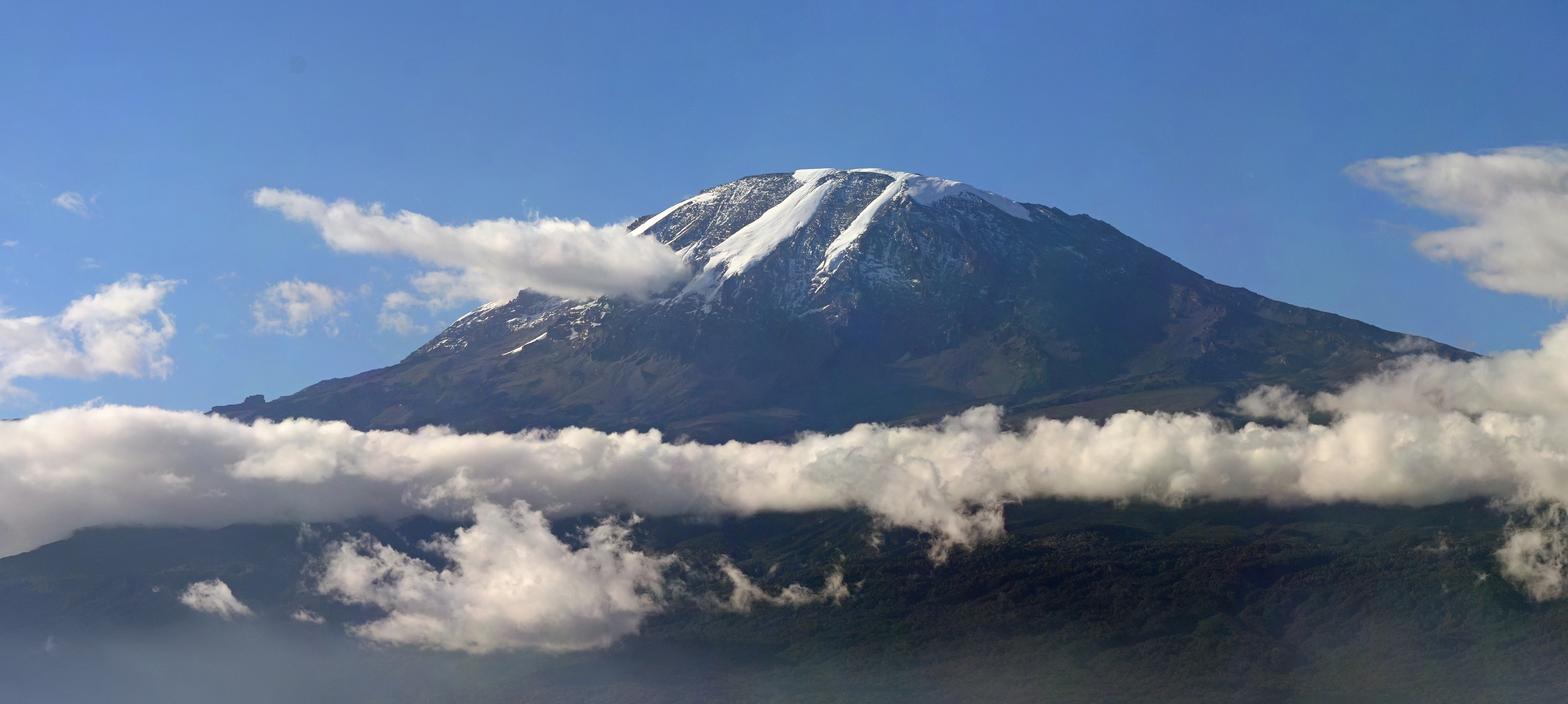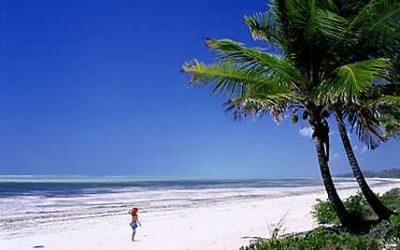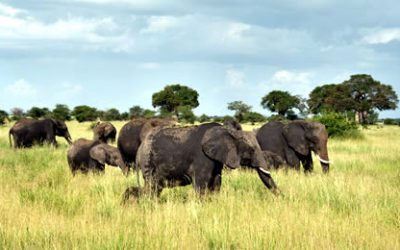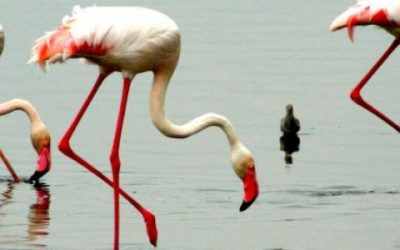Mount Kilimanjaro
Tourists who come to climb Kilimanjaro will be surprised by ever-changing fauna, which is known as “vegetational zonation” a term used to describe the fact that certain plants will only grow at certain altitudes, leading to distinct bands of trees shrubs and flowering plants that change with height. within these types of habitat live animals that have adapted to certain extent to mountain life. The bands of vegetation range from lush rain forests to permanent ice fields. Each zone occupies roughly 3,280 ft (1,000 meters) of altitude. Generally the temperature falls about 1’C for every 656 ft (200m) increase in altitude.
LOWER SLOPES
From circa 2,600ft (800m) to 5900 ft (1,800m) there is now grazing and cultivation and human settlements where there was formerly natural bush and scrubland.
HIGHLAND DESERT
From circa 13,120 ft (4,000m) to 16,400 ft (5,000m) is the alpine area of Kilimanjaro, temperatures are extreme, in daytime it could be as high as 40’C (104’F) and dropping to as low as 0’C (32F). The vegetation that lives in this area have developed ways to survive the extreme fluctuations in temperature.
FOREST
From circa 5900 ft (1,800m) to 9,187ft (2,800m) is the most fertile area of the mountain, 96 percent of the rainfall falls in this area.this area is often covered by clouds. The forest is home to most of the mountains wildlife, though due to the thick vegetation and undergrowth it can be difficult to see the animals.You are certain to hear if not see the Black and White Colobus and Blue Monkeys, there are also bush pig and elephant and leopard but to mention a few of the animals to be found here. The bird-life is prolific.
MOORLAND
From circa 9,187 ft (2,800m) to 13,120 ft (4,000m) is a forest of heath and moorland with giant heathers which can reach a height of 30 ft (9m) stretching for circa 3,280 ft (1,000m) becoming sparse as it reaches the 13,120ft line (4,000m) Commonly found heather are: Philippia excelsa which has white bell like flowers and Erica arborea which has cup-shaped white flowers. Senecio Kilimanjari a forest groundsel, are found at the higher levels and resembles a cabbage somewhat.the wildlife at this level include: the Four striped grass mouse – Mole Rat – and the Harsh Furred Mouse. the larger animals are usually en-route to other areas
SUMMIT
From circa 16,400 ft (5,000m) there are Arctic conditions.Virtually the only water is in the form of snow and ice, the Oxygen is half that at sea-level, and the radiation from the sun is extreme. The only vegetation is Lichens that grow very slowly, about 1mm per year and can live for hundreds of years. The only life that can exist in these conditions are a few spiders living on insects borne by the wind. The summit is a crater which was once was a rounded dome that collapsed , inside is a inner crater which is called the “Reusch crater” inside which is a cone rising 390 ft above Gillmans point. The hot gases and yellow sulphur deposits show that the volcano is still active.




